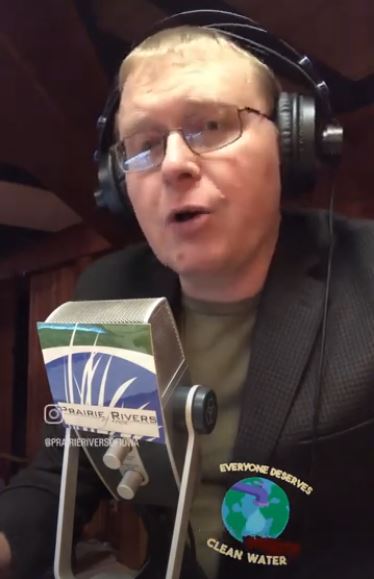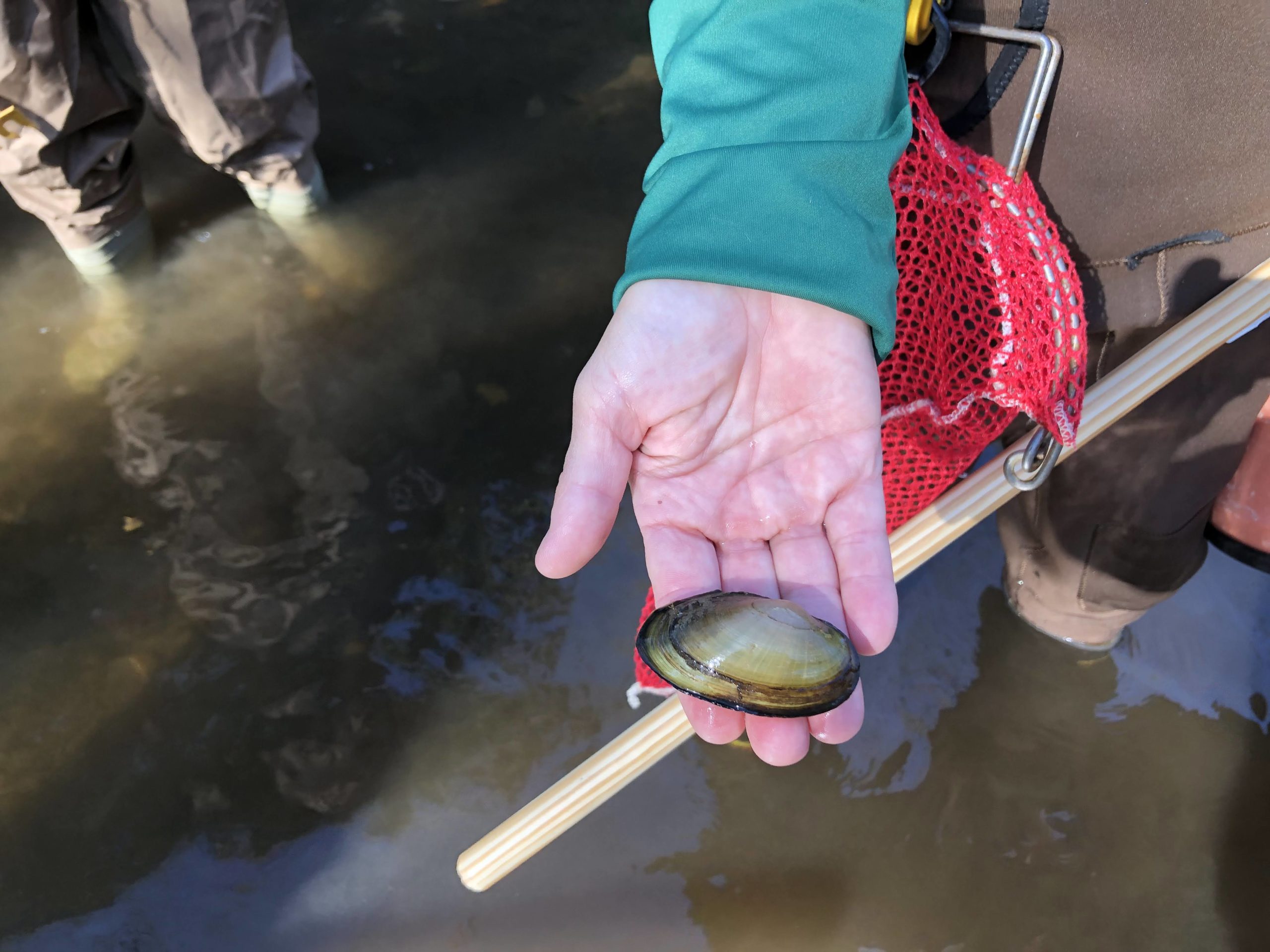
An Impressive 2022 Stream Monitoring Season
Jess Lancial testing water quality (photo credit Story County Conservation)
Volunteer Water Monitoring in Story County
A round of applause for all the volunteers and Story County Conservation staff who have diligently been monitoring their assigned stream twice a month in all kinds of weather! Also, let’s give a shout-out to the people who work behind the scenes. Sara Carmichael of Story County Conservation keeps everyone on track and equipped with supplies. Heather Wilson of the Izaak Walton League of America provides training and support to volunteers around the state. We rely on the IWLA’s Save Our Streams program for training materials and the Clean Water Hub for data entry. The three of us will be meeting the volunteers at a training event later this month to kick off another great season.
Three ways to get involved:
- There’s room for one or two more volunteers to cover a site in Story County, so contact Sara.
- If you’d like to try water monitoring without committing to a schedule, Prairie Rivers organizes a one-day volunteer event in the Ames area each May, so keep an eye on our events page.
- If you don’t live in Story County, the Izaak Walton League is launching a new Nitrate Watch program and you can request a bottle of test strips while supplies last.
In March, Prairie Rivers will release a report detailing the findings, but for now let’s admire the scale and consistency of the effort, which has really improved since last year. (Updated 2023-02-18 to include some data sheets that were entered late)
2022 Season
Volunteers participating
Sites tested at least once
Sites tested at least 10 times
Sites tested at least 20 times
Data sheets entered in the Clean Water Hub
2021 Season
Volunteers participating
Sites tested at least once
Sites tested at least 10 times
Sites tested at least 20 times
Data sheets entered in the Clean Water Hub
Story County Water Monitoring & Interpretation Plan, 2021-2030
Prairie Rivers partnered with Story County and 8 other organizations to develop a ten-year Water Monitoring & Interpretation Plan for Story County. Regular communication between the various groups testing water helps avoid duplication and leads to new opportunities to improve water quality. Planning for how data can be used over the long term ensures that we get the most value from our time and effort. Read the plan here.





















